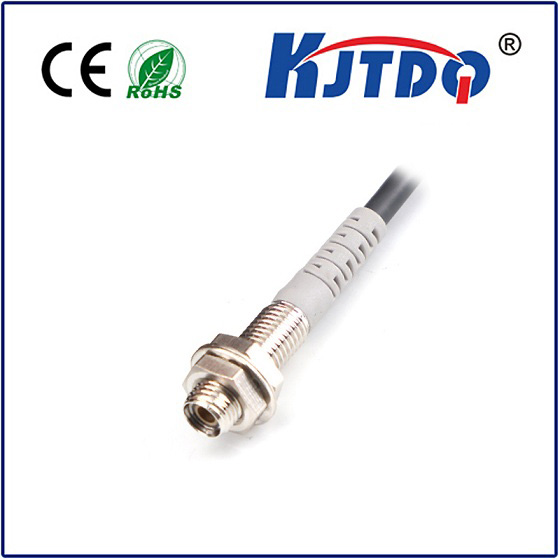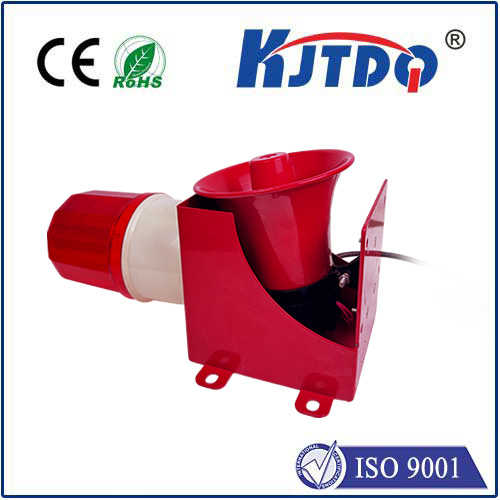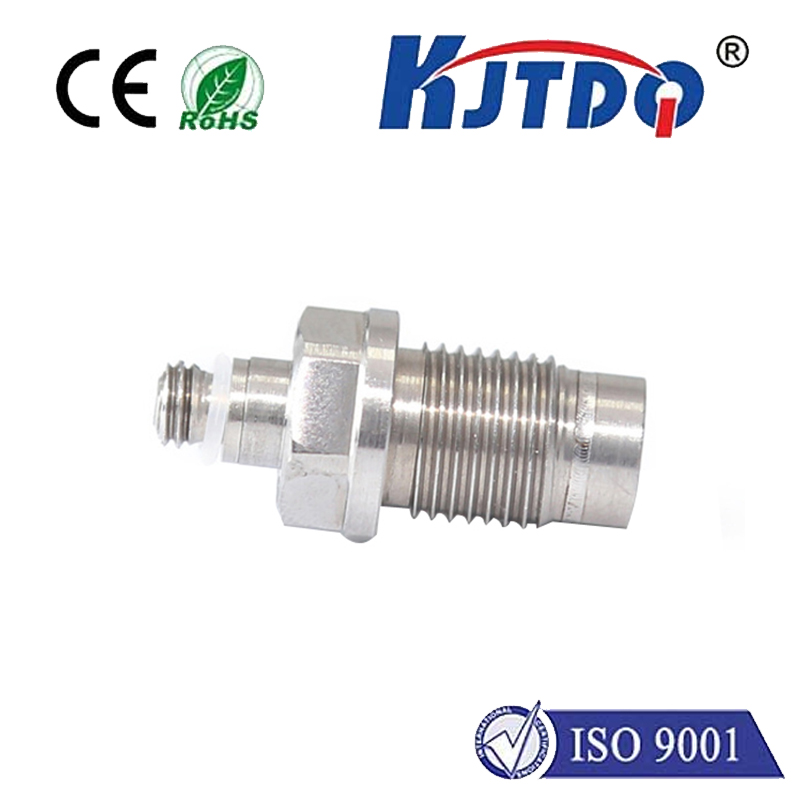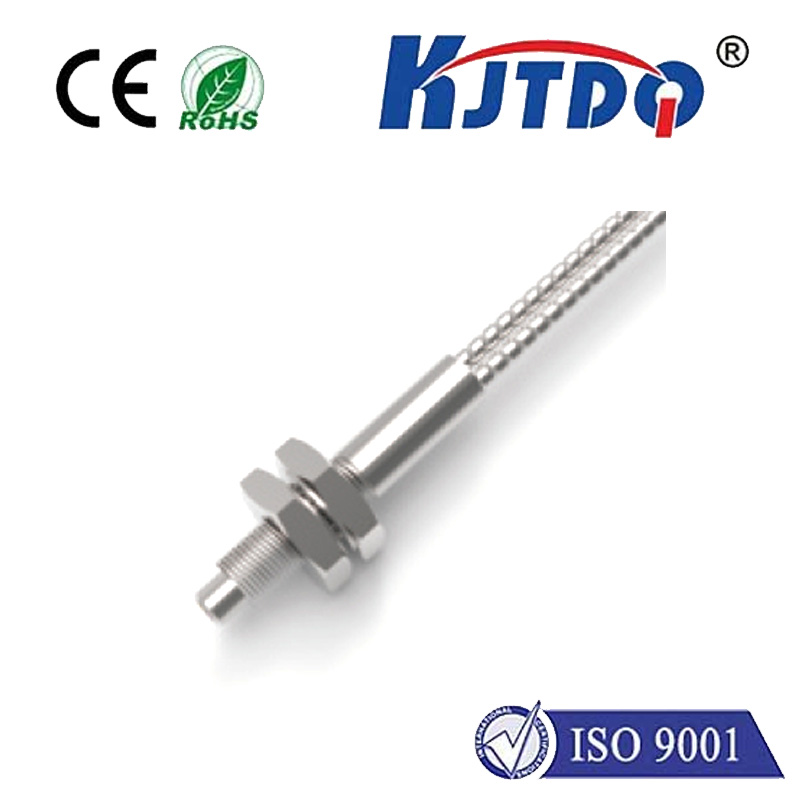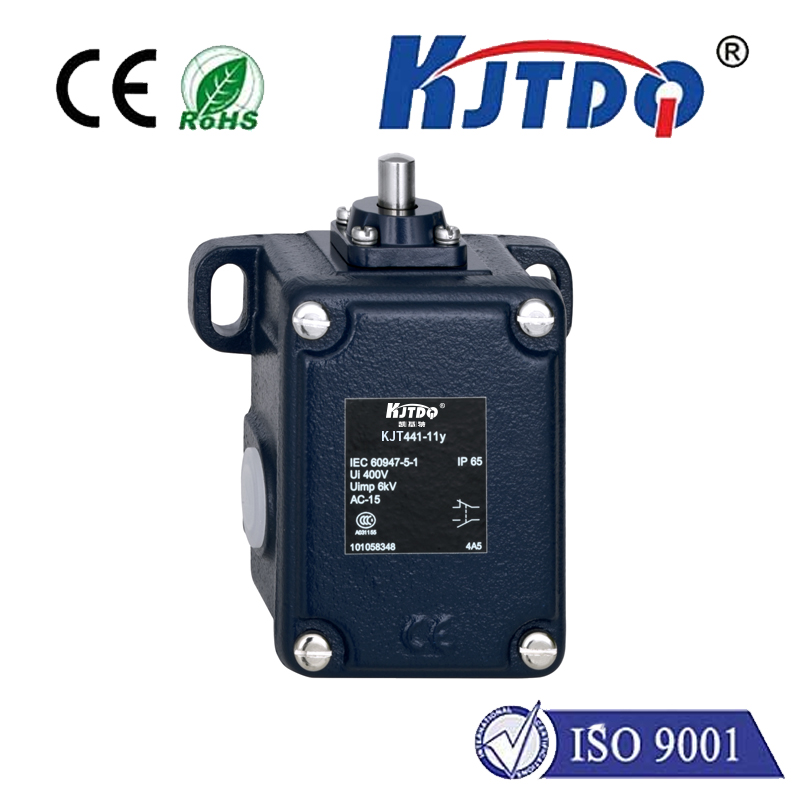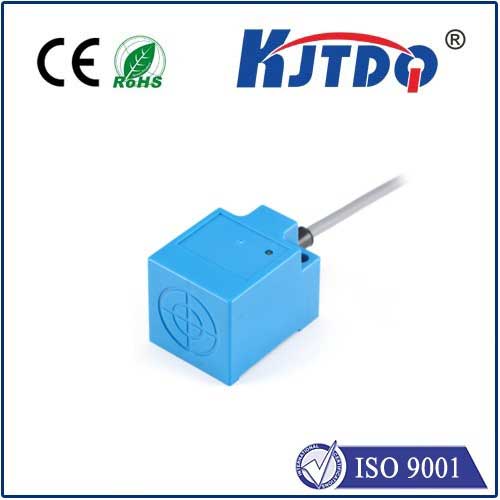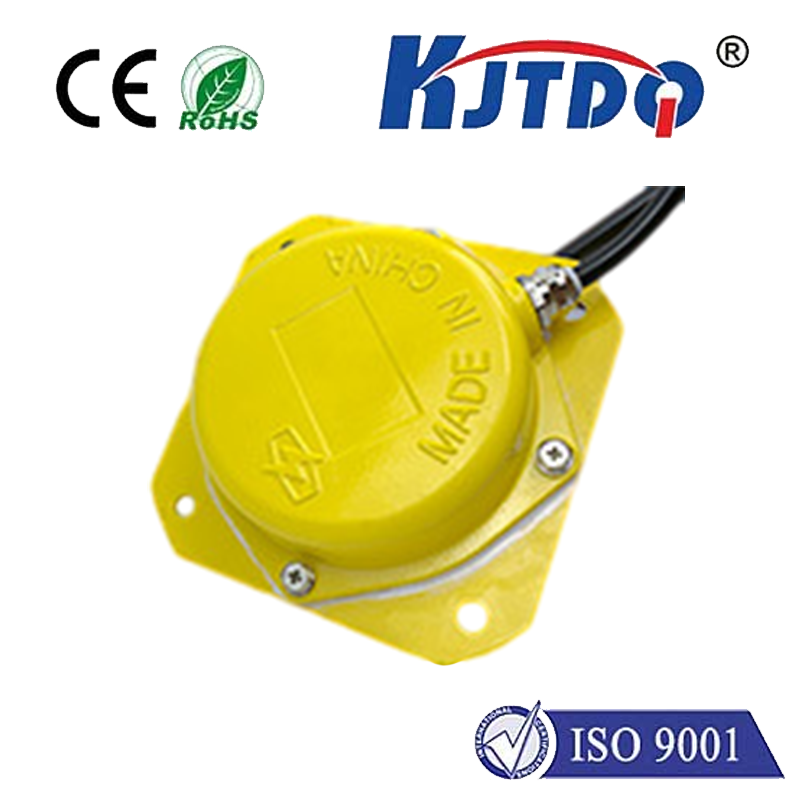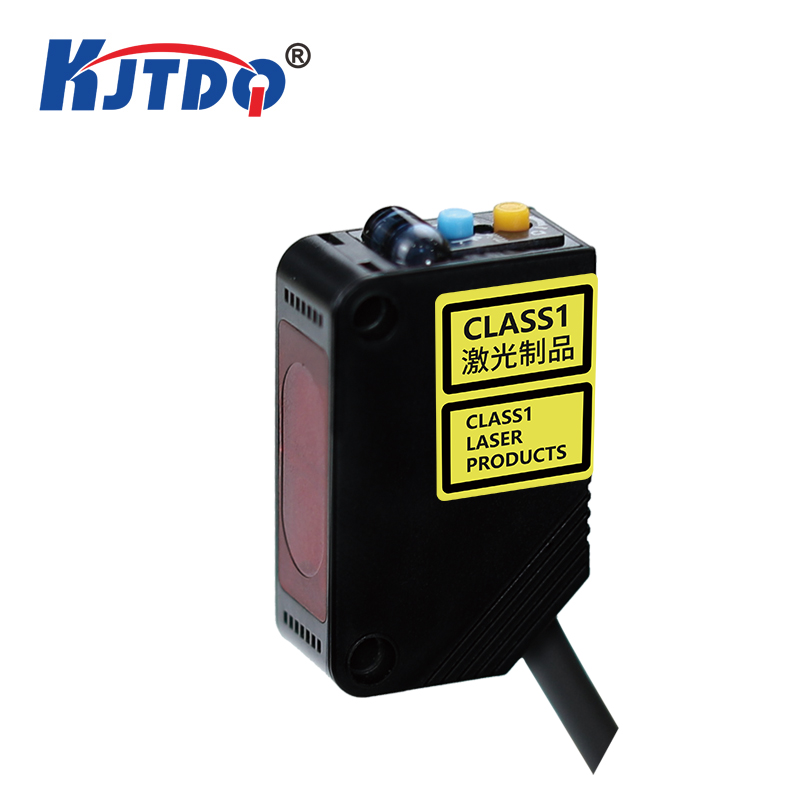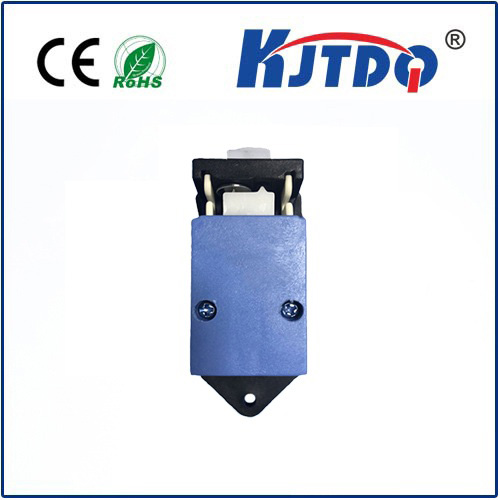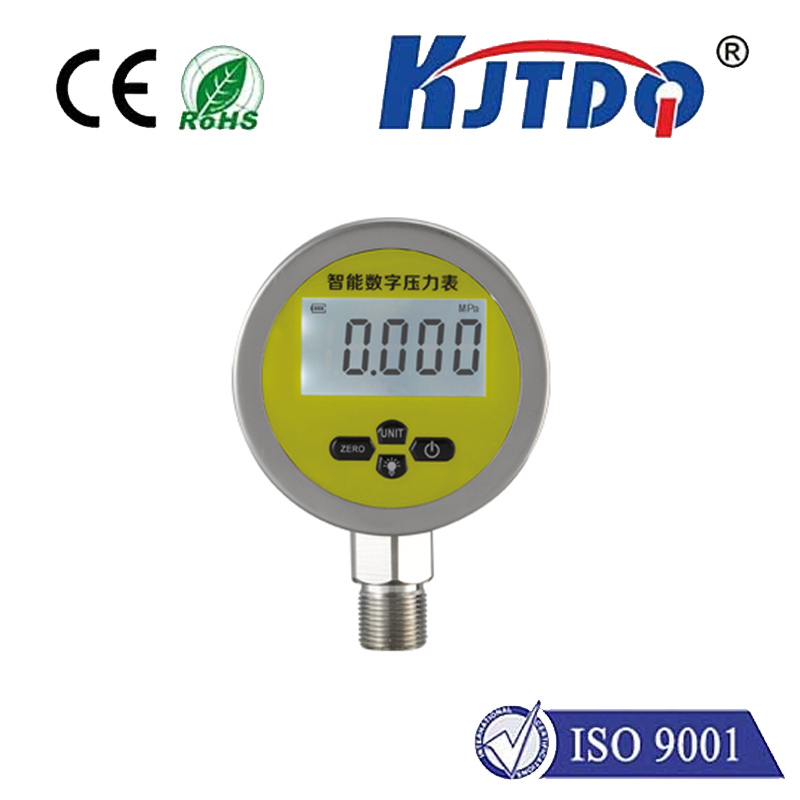proximity probe
- time:2024-11-09 00:00:06
- Click:0

Title: Understanding Proximity Probes: Applications, Types, and Key Considerations
Proximity probes are essential devices in various industries that rely on precise measurements of distance or the position of objects. These sensors use different technologies to ensure accurate readings without physical contact, making them indispensable in applications where precision is paramount. This article delves into the basics of proximity probes, their types, applications, and critical considerations for selection and use.
What is a Proximity Probe?
A proximity probe is a sensor used to detect the presence, position, or distance of an object without physical contact. These sensors operate based on various principles such as capacitive, inductive, or magnetic sensing technologies, allowing them to measure minute changes in the electromagnetic field. The primary function of a proximity probe is to provide feedback for control systems, ensuring optimal performance and preventing damage due to excessive proximity or contact.
Types of Proximity Probes
- Capacitive Proximity Probes: These probes work based on the principle of capacitance, measuring the change in electrical capacity between the probe and the target object. Capacitive probes are ideal for detecting non-metallic and metallic targets, offering high sensitivity and accuracy. They are commonly used in industries such as automotive, packaging, and electronics manufacturing.
- Inductive Proximity Probes: Inductive probes operate using the principle of electromagnetic induction. They generate an alternating current in a coil, creating a magnetic field that induces a current in nearby conductive materials. Inductive proximity probes are primarily used for detecting metallic objects and are prevalent in industrial automation and machinery safety applications.
- Magnetic Proximity Probes: Also known as reed switches, magnetic proximity probes contain a pair of contacts within a glass tube filled with an inert gas. A magnetized target moves the contacts together or apart, completing or breaking the circuit. These probes are simple, cost-effective, and suitable for applications involving simple detection tasks.
- Ultrasonic Proximity Probes: Utilizing sound waves, ultrasonic probes transmit high-frequency sound pulses and measure the time it takes for the echo to return. This type of probe is excellent for applications requiring long-range detection, such as level measurement in tanks or obstacle detection in robotics.
Applications of Proximity Probes
Proximity probes find extensive use across diverse sectors due to their reliability and precision:
- Industrial Automation: Ensuring proper alignment and positioning of components on assembly lines.
- Machinery Safety: Preventing accidents by detecting foreign objects or misalignments in machinery.
- Aerospace: Measuring clearances in engines and other critical parts to prevent collisions.
- Automotive Industry: Monitoring piston positions, crankshaft positions, and ABS sensor applications.
- Medical Devices: Ensuring precision in surgical instruments and diagnostic equipment.
Key Considerations When Selecting Proximity Probes
When choosing proximity probes, several factors need to be considered:
- Type of Target Material: Different probes are suited for metallic or non-metallic targets, so select accordingly.
- Environmental Conditions: Consider factors like temperature, humidity, dust, and chemical exposure.
- Detection Range and Sensitivity: Choose a probe with the appropriate range and sensitivity for your application.
- Output Type: Probes can have various output types (analog, digital, etc.), so select one compatible with your system’s requirements.
- Installation Requirements: Some probes may require specific mounting hardware or configurations.
In summary, proximity probes are vital tools for maintaining precision and safety across numerous applications. By understanding their types, applications, and key selection criteria, you can ensure optimal performance and efficiency in your operations.





